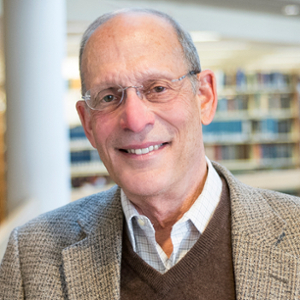By: Peter K. Yu
from Volume 12 (2022-2023)
Download this Article in PDF format from The Jerome Hall Law Library’s Digital Repository.
Abstract
In the year 1978, the 1976 Copyright Act had just entered into effect. Marshall Leaffer, whom this article will affectionately refer to by his first name, had just completed his duties as an attorney advisor at the U.S. Copyright Office. On his way to academia, he, like the fictional character Captain William “Buck” Rogers, was to experience cosmic forces beyond all comprehension. In a freak mishap, his car veered off a rarely used mountain road and was frozen by temperatures beyond imagination. He did not return to academia until more than forty years later. What will he discover upon his return? Will he find the developments in the intervening decades interesting or surprising? What observations would he make had he not been frozen in 1978?

